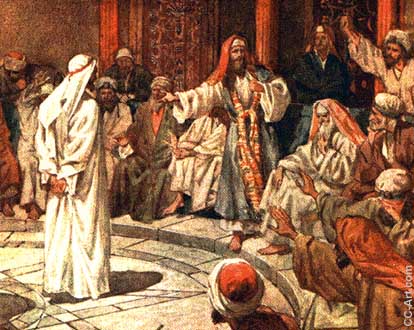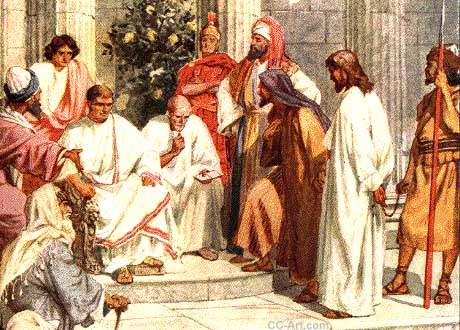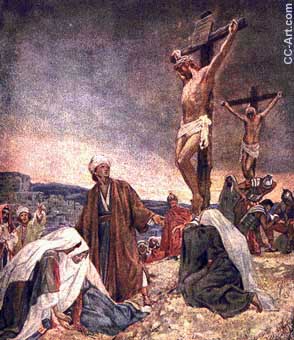UNDER SERIES ALL THE ELEMENTARY SWITCHING
MAY BE MAKE AT ELEMENT OF LIGHTS ONLY ;WHILE UP SERIES ALL THE CORRIDOR MAKE YOU FREE AT VAST SKY BY THE BLUE COLOR SOUL PERCEPTION!
JUST WITH INSTANT LIGHT INSTANT FORCES ALL ARE WELCOME TODAY AS GOOD FRIDAY!
GOOD FOOD, GOOD LIFE!





If you’ve read your share of sci-fi, and I know you have, you’ve read stories about another Earth-sized planet orbiting on the other side of the Solar System, blocked by the Sun. Could it really be there?


MAY BE MAKE AT ELEMENT OF LIGHTS ONLY ;WHILE UP SERIES ALL THE CORRIDOR MAKE YOU FREE AT VAST SKY BY THE BLUE COLOR SOUL PERCEPTION!
JUST WITH INSTANT LIGHT INSTANT FORCES ALL ARE WELCOME TODAY AS GOOD FRIDAY!
GOOD FOOD, GOOD LIFE!
Don’t Blink! April 4th Lunar Eclipse Shortest of the Century

As the Moon slips into Earth’s shadow it will undergo a total eclipse early Saturday morning April 4. The partial phases will span some 3 1/2 hours, but totality lasts less than five minutes. Credit: Keith Burns / NASA
Get ready for one awesome total lunar eclipse early Saturday morning April 4th. For the third time in less than a year, the Moon dips into Earth’s shadow, its dazzling white globe turning sunset red right before your eyes. All eclipses are not-to-miss events, but Saturday’s totality will be the shortest in a century. Brief but beautiful – just like life. Read on to find out how to make the most of it.

Four total lunar eclipses in succession with no partials in between is called a tetrad. The April 4th eclipse is part of a tetrad that started last April and will wrap up on September 28. During the 21st century there will be eight sets of tetrads. Credit: NASA
Lunar eclipses don’t usually happen in any particular order. A partial eclipse is followed by a total is followed by a penumbral and so on. Instead, we’re in the middle of a tetrad, four total eclipses in a row with no partials in between. The final one happens on September 28. Even more remarkable, part or all of them are visible from the U.S. Tetrads will be fairly common in the 21st century with eight in all. We’re lucky — between 1600 and 1900 there were none! For an excellent primer on the topic check out fellow Universe Today writer David Dickinson’s “The Science Behind the Blood Moon Tetrad“.



Could There Be Another Planet Behind the Sun?
If you’ve read your share of sci-fi, and I know you have, you’ve read stories about another Earth-sized planet orbiting on the other side of the Solar System, blocked by the Sun. Could it really be there?
No. Nooooo. No. Just no.
This is a delightful staple in science fiction. There’s a mysterious world that orbits the Sun exactly the same distance as Earth, but it’s directly across the Solar System from us; always hidden by the Sun. Little do we realize they know we’re here, and right now they’re marshalling their attack fleet to invade our planet. We need to invade counter-Earth before they attack us and steal our water, eat all our cheese or kidnap our beloved Nigella Lawson and Alton Brown to rule as their culinary queen and king of Other-Earth.
Well, could this happen? Could there be another planet in a stable orbit, hiding behind the Sun? The answer, as you probably suspect, is NO. No. Nooooo. Just no.

Color illustration showing the scale of planets in our solar system, focusing on Jupiter and Saturn. Credit: NASA
Well, that’s not completely true. If some powerful and mysterious flying spaghetti being magically created another planet and threw it into orbit, it would briefly be hidden from our view because of the Sun. But we don’t exist in a Solar System with just the Sun and the Earth. There are those other planets orbiting the Sun as well. As the Earth orbits the Sun, it’s subtly influenced by those other planets, speeding up or slowing down in its orbit.
So, while we’re being pulled a little forwards in our orbit by Jupiter, that other planet would be on the opposite side of the Sun. And so, we’d speed up a little and catch sight of it around the Sun. Over the years, these various motions would escalate, and that other planet would be seen more and more in the sky as we catch up to it in orbit.
Eventually, our orbits would intersect, and there’d be an encounter. If we were lucky, the planets would miss each other, and be kicked into new, safer, more stable orbits around the Sun. And if we were unlucky, they’d collide with each other, forming a new super-sized Earth, killing everything on both planets, obviously.

Diagram of the five Lagrange points associated with the sun-Earth system, showing DSCOVR orbiting the L-1 point. Image is not to scale. Credit: NASA/WMAP Science Team
What if there was originally two half-Earths and they collided and that’s how we got current Earth! Or 4 quarter Earths, each with their own population? And then BAM. One big Earth. Or maybe 64 64th Earths all transforming and converging to form VOLTREARTH.
Now, I’m now going to make things worse, and feed your imagination a little with some actual science. There are a few places where objects can share a stable orbit. These locations are known as Lagrange points, regions where the gravity of two objects create a stable location for a third object. The best of these are known as the L4 and L5 Lagrangian points. L4 is about 60-degrees ahead of a planet in its orbit, and L5 is about 60-degrees behind a planet in its orbit.
A small enough body, relative to the planet, could hang out in a stable location for billions of years. Jupiter has a collection of Trojan asteroids at its L4 and L5 points of its orbit, always holding at a stable distance from the planet. Which means, if you had a massive enough gas giant, you could have a less massive terrestrial world in a stable orbit 60-degrees away from the planet.
Well, it was a pretty clever idea. Unfortunately, the forces of gravity conspire to make this hidden planet idea completely impossible. Most importantly, when someone tells you there’s a hidden planet on the other side of the Sun, just remember these words:
No.
Nooooo.
No.
No.
Nooooo.
No.
Go ahead and name your favorite sci-fi stories that have used this trope. Tell us in the comments below.
Thanks for watching! Never miss an episode by clicking subscribe. Our Patreon community is the reason these shows happen. We’d like to thank Gary Golden and the rest of the members who support us in making great space and astronomy content. Members get advance access to episodes, extras, contests, and other shenanigans with Jay, myself and the rest of the team.
Want to get in on the action? Click here.
Podcast (audio): Download (Duration: 4:35 — 4.2MB)
Podcast (video): Download (Duration: 4:58 — 59.0MB)
Comments on this entry are closed.
PREVIOUS COMMENTS



